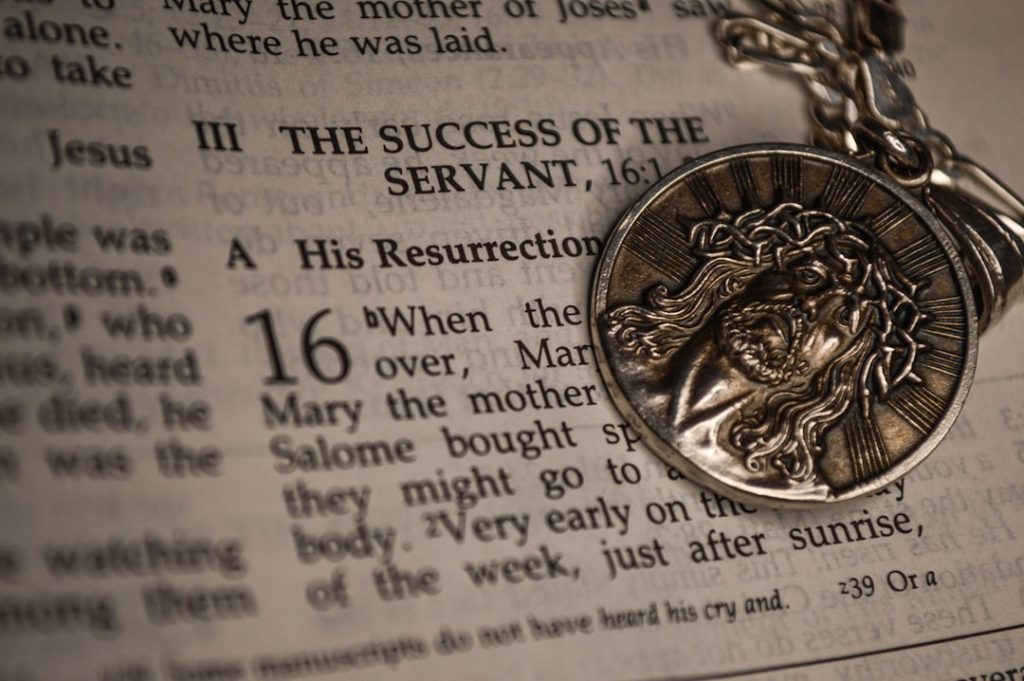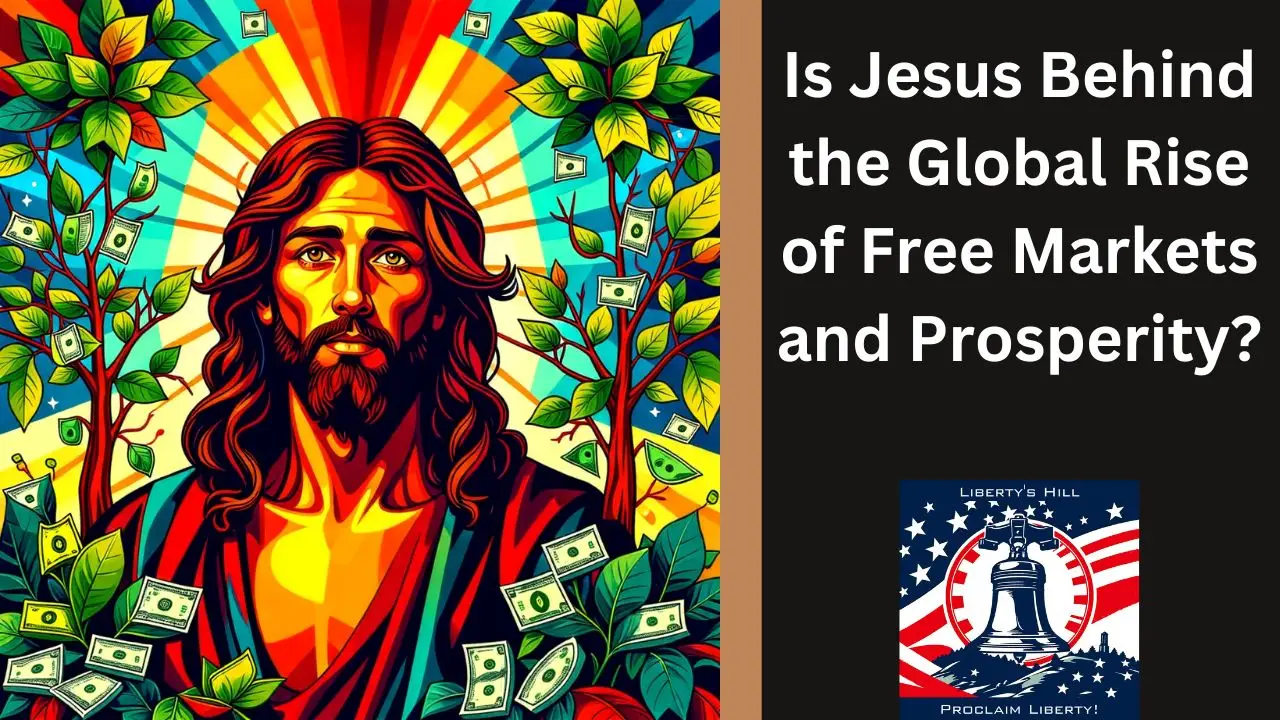The historical backdrop of revival and reformation is a tapestry woven with threads of spiritual fervor, societal upheaval, and theological inquiry. The Reformation, which began in the early 16th century, was a response to perceived corruption within the Catholic Church and a call for a return to biblical foundations. Figures such as Martin Luther and John Calvin emerged as pivotal leaders, challenging the status quo and advocating for a faith that emphasized personal relationship with God over institutional authority.
Luther’s Ninety-Five Theses, nailed to the church door in Wittenberg in 1517, ignited a movement that questioned the sale of indulgences and the church’s interpretation of scripture. This period was marked by a growing discontent among the laity, who sought a more authentic expression of faith, leading to a seismic shift in Christian practice and belief. Simultaneously, the revival movements that emerged in the 18th and 19th centuries were often rooted in the same dissatisfaction with established religious practices.
The Great Awakening in America, characterized by passionate preaching and emotional conversions, sought to revitalize a waning spiritual landscape. Preachers like Jonathan Edwards and George Whitefield traveled extensively, igniting fervor among congregations and emphasizing personal piety and direct experience of God. This era was not merely about individual transformation; it also reflected broader societal changes, including the rise of Enlightenment thought, which encouraged questioning authority and seeking personal understanding.
The interplay between these movements created a fertile ground for both revival and reformation, as believers sought to reconcile their faith with the changing world around them.
Key Takeaways
- Revival and reformation have been significant movements throughout history, shaping the beliefs and practices of various religious and social groups.
- Preachers and leaders play a crucial role in initiating and guiding revival and reformation, using their influence to inspire change and renewal within their communities.
- Revival and reformation have had a profound impact on society, leading to social, political, and cultural transformations that have shaped the course of history.
- The relationship between revival and reformation is complex, with revival often sparking spiritual renewal and reformation leading to institutional and structural changes within religious organizations.
- The gospel’s influence on revival and reformation is central, as it provides the foundation for spiritual renewal and guides the actions and beliefs of those involved in the movement.
- Challenges and obstacles in achieving revival and reformation include resistance to change, internal divisions, and external opposition, which can hinder the progress of the movement.
- Revival and reformation have a global reach, transcending geographical and cultural boundaries to impact diverse communities and societies around the world.
- The future of revival and reformation depends on sustaining the gospel in action, as individuals and communities continue to live out the principles of renewal and transformation in their daily lives.
The Role of Preachers and Leaders in Revival and Reformation
Preachers and leaders have historically served as catalysts for both revival and reformation, wielding significant influence over their congregations and communities. Their roles often extend beyond mere oratory; they embody the theological convictions that drive movements forward. For instance, during the Reformation, figures like Martin Luther not only articulated theological critiques but also engaged in practical reforms within the church.
Luther’s translation of the Bible into German made scripture accessible to the common person, empowering individuals to engage with their faith directly. This democratization of religious knowledge was revolutionary, as it shifted authority from the clergy to the laity, fostering a sense of personal responsibility in spiritual matters. In the context of revival movements, preachers such as Charles Finney played a crucial role in shaping the landscape of American Christianity in the 19th century.
Finney’s innovative methods, including the “anxious bench” for seekers of salvation, transformed traditional revival practices. His emphasis on human agency in salvation challenged prevailing Calvinist doctrines and encouraged individuals to actively pursue a relationship with God. Leaders like Finney not only preached but also organized social reform efforts, linking spiritual renewal with societal change.
This dual focus on personal conversion and communal responsibility exemplifies how preachers can galvanize movements that seek both spiritual awakening and societal transformation.
The Impact of Revival and Reformation on Society

The effects of revival and reformation extend far beyond individual believers; they ripple through society, influencing cultural norms, social structures, and political landscapes. The Protestant Reformation, for instance, laid the groundwork for modern democracy by promoting ideas of individual conscience and accountability. As people began to interpret scripture for themselves, they also started to question other forms of authority, including monarchies and oppressive regimes.
This shift contributed to the rise of democratic ideals in Europe and later in America, where the separation of church and state became a foundational principle. Revival movements have similarly left indelible marks on society. The Second Great Awakening in the early 19th century not only revitalized religious fervor but also spurred social reform movements such as abolitionism and women’s rights.
The interconnectedness of faith and social justice became evident as revivalists preached about moral imperatives that transcended personal piety. Figures like Sojourner Truth and Frederick Douglass emerged from this milieu, advocating for equality and justice rooted in their Christian convictions. The revivalist spirit thus acted as a catalyst for broader societal change, demonstrating how spiritual awakenings can inspire collective action toward justice and reform.
The Relationship Between Revival and Reformation
| Revival | Reformation |
|---|---|
| Renewal of spiritual life and passion | Restructuring of religious beliefs and practices |
| Focuses on personal transformation | Focuses on institutional change |
| Often characterized by emotional experiences | Often characterized by doctrinal and organizational changes |
| Can lead to increased evangelism and missionary work | Can lead to the establishment of new religious denominations |
| Historically associated with spiritual awakenings and mass conversions | Historically associated with religious schisms and theological debates |
Revival and reformation are often intertwined phenomena that share common goals yet operate through different mechanisms. While reformation typically emphasizes doctrinal correction and institutional change within established churches, revival focuses on spiritual renewal among individuals and congregations. However, these two movements are not mutually exclusive; rather, they can complement each other in profound ways.
For example, during the Reformation, many leaders recognized that doctrinal purity alone would not suffice without a corresponding revival of faith among believers. The call for reform was often accompanied by passionate appeals for personal conversion and renewed commitment to Christ. Conversely, revivals can lead to calls for reformation when new spiritual insights challenge existing practices or beliefs within a church or denomination.
The Azusa Street Revival in the early 20th century is a prime example of this dynamic. Emerging from a context of racial segregation and social injustice, this revival emphasized the work of the Holy Spirit and led to the formation of new denominations that sought to embody these principles. As participants experienced profound spiritual renewal, they also began to advocate for changes within their churches that reflected their newfound understanding of God’s work in their lives.
Thus, revival can serve as a precursor to reformation by igniting a desire for deeper theological reflection and institutional change.
The Gospel’s Influence on Revival and Reformation
At the heart of both revival and reformation lies the transformative power of the Gospel message. The core tenets of Christianity—grace, redemption, and reconciliation—serve as catalysts for change within individuals and communities alike. During the Reformation, leaders like Luther emphasized justification by faith alone as a central tenet that challenged prevailing notions of salvation through works.
This radical shift not only redefined personal faith but also reshaped entire communities as believers embraced a new understanding of God’s grace. In revival contexts, the Gospel’s influence is often manifested through powerful preaching that emphasizes personal experience with Christ. The emotional intensity associated with revivals often stems from an encounter with the Gospel that compels individuals to respond in faith.
For instance, during the Welsh Revival of 1904-1905, Evan Roberts preached about repentance and surrender to God, leading thousands to experience profound conversions. The Gospel’s ability to penetrate hearts and transform lives is evident in these moments of awakening, where individuals are drawn into a deeper relationship with God that transcends mere intellectual assent.
The Challenges and Obstacles in Achieving Revival and Reformation

Despite their profound potential for transformation, both revival and reformation face significant challenges and obstacles that can hinder their progress. One major challenge is resistance from established institutions that may feel threatened by calls for change. During the Reformation, many church leaders vehemently opposed Luther’s ideas, fearing that they would undermine their authority and disrupt the status quo.
This resistance often manifested in persecution or excommunication for those who dared to challenge established doctrines or practices. In contemporary contexts, similar challenges persist as churches grapple with issues such as cultural relevance, theological diversity, and internal divisions. Revivals can sometimes be met with skepticism or outright opposition from church leaders who prioritize tradition over innovation.
Additionally, societal factors such as secularism or materialism can create barriers to genuine spiritual awakening. In an age where distractions abound—ranging from technology to shifting cultural values—cultivating an environment conducive to revival requires intentional effort and commitment from both leaders and congregations.
The Global Reach of Revival and Reformation
The phenomena of revival and reformation are not confined to Western contexts; they have manifested globally across diverse cultures and traditions. In Africa, for instance, indigenous movements have emerged that blend traditional beliefs with Christian teachings, resulting in vibrant expressions of faith that challenge colonial legacies while promoting social justice. The East African Revival in the mid-20th century exemplifies this dynamic as it emphasized personal holiness and communal responsibility among believers.
Similarly, in Asia, movements such as the Korean Pentecostal Revival have had profound impacts on both church growth and societal transformation. The emphasis on prayer, evangelism, and social engagement has led to significant changes within communities grappling with poverty and injustice. These global expressions of revival highlight how local contexts shape spiritual movements while also demonstrating the universal longing for authentic encounters with God.
The Future of Revival and Reformation: Sustaining the Gospel in Action
Looking ahead, sustaining revival and reformation requires intentionality in nurturing both individual faith and communal engagement with the Gospel message. As society continues to evolve rapidly—marked by technological advancements and shifting cultural paradigms—churches must remain adaptable while holding fast to core theological truths. This balance is crucial for fostering environments where genuine spiritual renewal can occur.
Moreover, intergenerational dialogue within congregations can play a vital role in sustaining revival efforts. Engaging younger generations in discussions about faith allows for fresh perspectives while honoring historical traditions that have shaped communities over time. By fostering an atmosphere where questions are welcomed and diverse voices are heard, churches can cultivate a culture of openness that encourages ongoing exploration of faith.
Ultimately, sustaining revival and reformation hinges on a commitment to living out the Gospel in tangible ways—through acts of service, advocacy for justice, and authentic relationships within communities. As believers embody these principles in their daily lives, they contribute to a legacy of transformation that extends beyond individual experiences into broader societal change. In this way, revival becomes not just an event but a way of life rooted in the ongoing work of God among His people.


